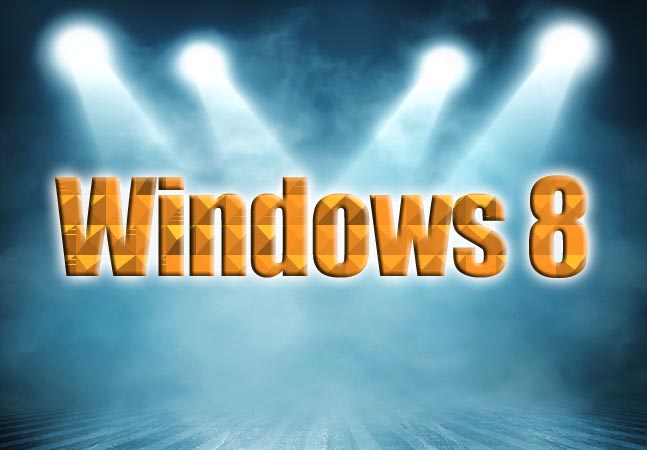
The latest preview release of Visual Studio 2017 v15.9 targets Universal Windows Platform (UWP) development, C++ debugging and more.

VSTS, the familiar DevOps offering that has been incorporated into the Visual Studio IDE for years, has evolved into the new cloud-hosted Azure DevOps, Microsoft announced.

Microsoft announced a new extension for Visual Studio Code that simplifies the process of working with GitHub pull requests, which can now be done completely within the editor.

The latest monthly update of the lightweight, cross-platform and open source Visual Studio Code editor features a number of UI, navigation and other improvements.

For the first time, Python has cracked the top three in the TIOBE index of programming language popularity, helping to demonstrate why Microsoft has fully embraced the language in its Visual Studio IDE and Visual Studio Code editor.

The popular open source Babel compiler that makes modern JavaScript compatible with older environments has shipped in version 7 and, with help from Microsoft, now supports TypeScript.

Coinciding with the start of the GopherCon show for developers using the Go programming language created by Google, Microsoft today published an extensive series of videos to help Azure cloud developers use Go.

Microsoft today published the results of hybrid cloud survey, with one of the findings indicating that controlling important data storage is the top use case, closely followed by backup/disaster recovery.

Microsoft this month updated its R Open programming language with multi-processor support highlighting new functionality.

A brand-new C++ offering for Catch2 highlights the growing body of test explorers for the cross-platform, open source Visual Studio Code editor available in its marketplace.

.NET development tool specialist JetBrains has launched ReSharper Ultimate 2018.2, with performance improvements, support for C# 7.3 and initial support for the hot new Blazor project, which aims to allow for C#-based Web development.

Things are happening fast for ASP.NET Core, as Microsoft just released a new Version 2.2.0 preview while a recent developer survey indicates the Web dev framework is quickly becoming a mainstream option.

The modernization of the .NET ecosystem is paying off for Microsoft's Bing.com engineering team, which reports a 34 percent performance boost for the search engine following a shift from .NET Framework to .NET Core 2.1

The latest update for Visual Studio for Mac focuses on improving code editor reliability, IDE performance and working with Azure Functions.

Microsoft is bringing a pseudo console to Windows 10, which will make it easier for developers to connect their command-line and graphical user interface-based applications.

Microsoft Store on Oct. 31 will stop accepting new app submissions for Windows Phone 8.x or earlier, along with XAP or APPX packages for Windows 8/8.1.

The recent release of Visual Studio 2017 15.8 featured a bevy of improvements for Web developers, ranging from new Docker container to Azure Functions functionality.

Wang's team has been at the forefront of Microsoft's journey from plodding, waterfall-oriented software provider to agile, cloud-based organization. It was, he said, "incredibly painful."
- By John K. Waters
- 08/17/2018

Microsoft shipped an update to its functional programming language, incorporating Span support in the new F# 4.5.

Expert advice often explains how to do things easier, but sometimes that advice resonates more when it details hard lessons learned.